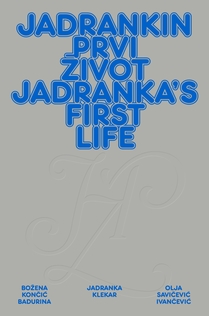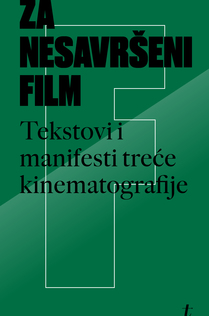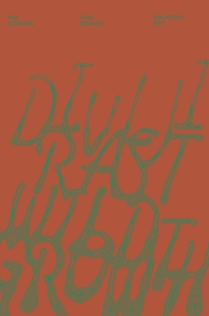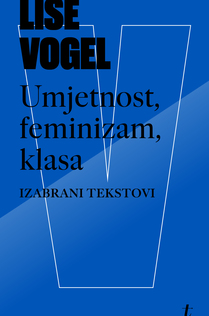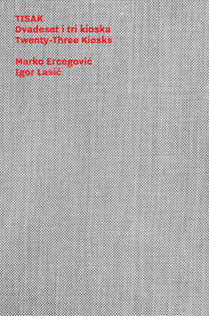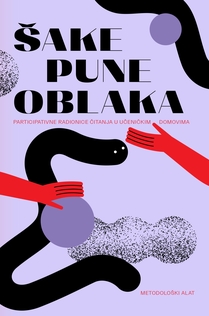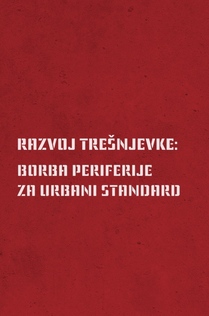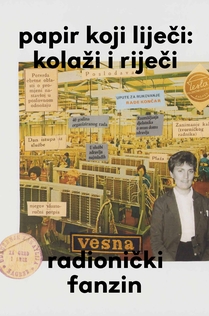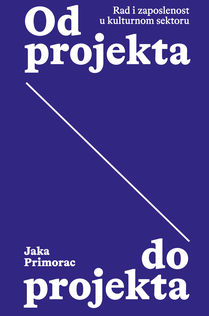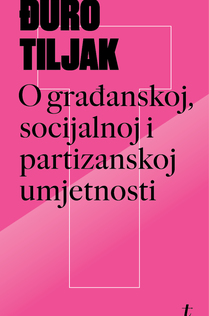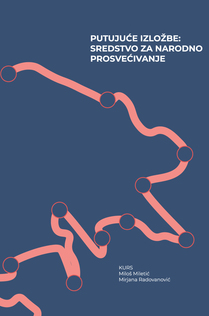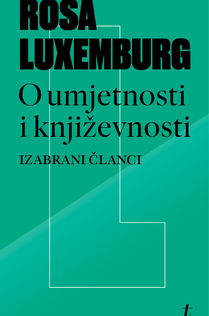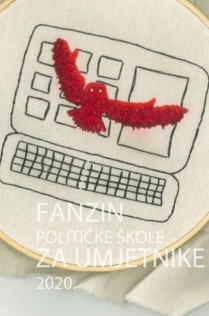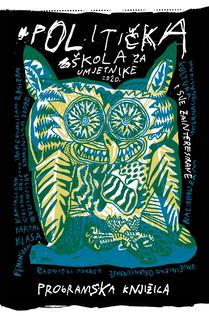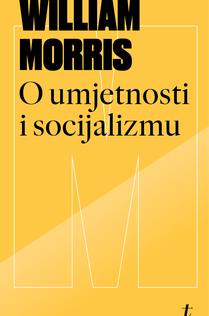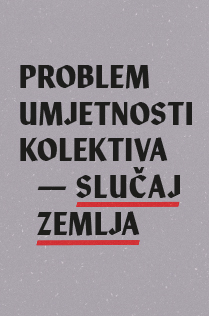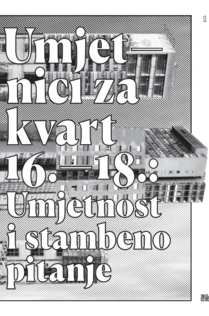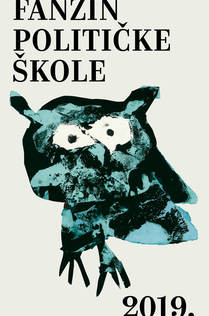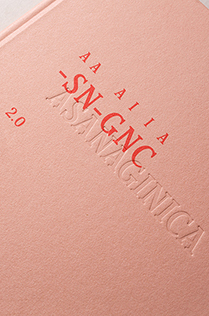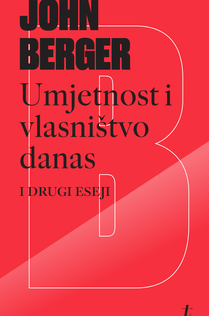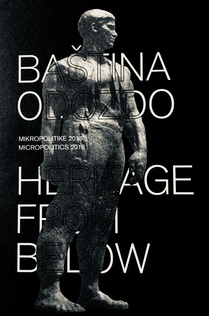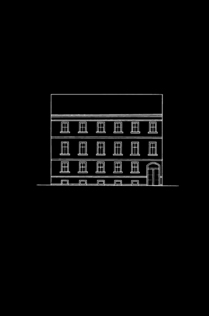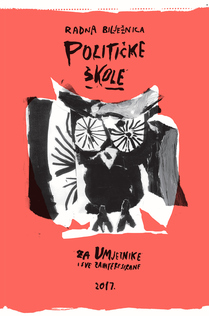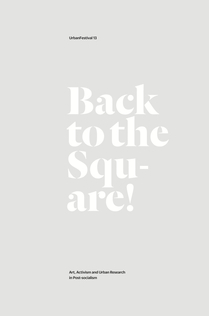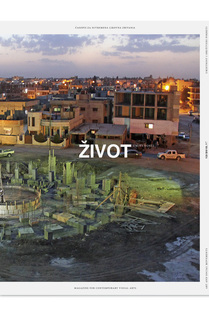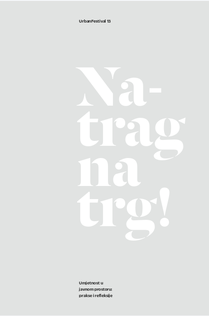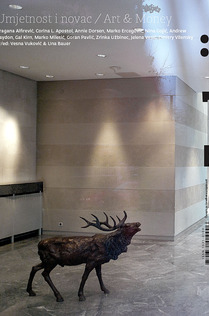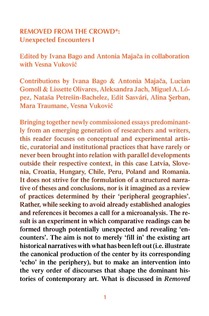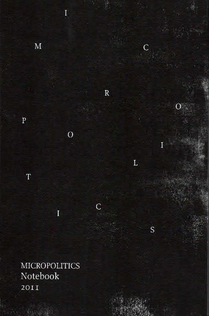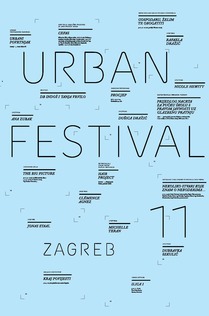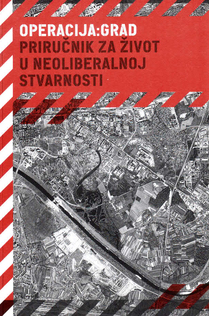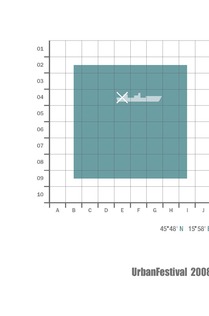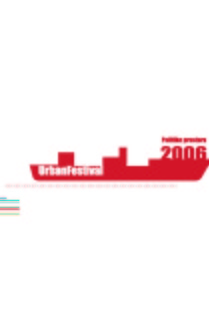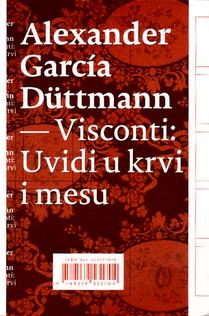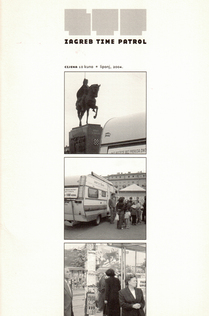Život umjetnosti nr. 97: Art and Social Movements
PUBLISHER: Institute of Art History Zagreb
ISSUE EDITORS: Vesna Vuković, Ana Kutleša, Ivana Hanaček
CONTENTS:
Lidija Krienzer Radojević: Constrained motion of cultural production
Mario Kikaš: The art of the front or on populism
Jelena Petrović: Social engagement in art between individual work and collective practices: feminist principles
Umjetnost u službi revolucije, nekoliko historijskih primjera: AKhRR, Oktobar, Diego Rivera, David A. Siqueiros i dr., Rote Gruppe, ARBKD, Njujorški klub Johna Reeda, Emory Douglas, Zemlja (in Croatian only)
Art at the heart of emancipatory political struggle / interview with s Jonas Staal
Visual contribution : Petja Dimitrova: Let’s collect/ivize progressive actions…
Cultural infrastructure, political action – Viennese example / interview with Can Gülcü
DESIGN: bilić_müller studio
LANGUAGE: Croatian/English
YEAR: 2015
PRICE: 40 kn / 6 €
"...By posing some basic questions, such as: how come socially engaged art flourished during the downfall of the social project?; or: why are art practices increasingly assuming political agendas?; or: what is the relationship between social practices and the deterioration of the social infrastructure?; we came to hold the necessity of insisting on the historical specificities of contemporary socially engaged art practices as the only valid starting point for their analysis and assessment.
The concepts of fair redistribution, solidarity, equality, commons, etc., which resonate powerfully within the art world, are primarily related to the left political option, which is dispersed into a series of micro-formations, while powerful, supranational labour, socialist or communist parties, as well as progressive labour unions, are nowhere to be found. The existing left-wing political formations are weak, invisible and highly localized. In short: the left option is non-existent within the field of politics. Taking into account the circumstances created by the global economic crisis, the crisis of democracy and the absence of a centralized social movement with a consistent and explicit political tendency, what is the significance of a socially engaged artist-individual who operates within the elite field of cultural production, focusing on privileged, highly educated members of the society? This is one of the key questions of Life of Art that you have before you. In order to be able to even think about overcoming such a restricted position, what we need is to analytically examine it, keeping in mind that the answer should be sought in the contemporary relations of production and without losing sight of the historical perspective. [...]
We hope this will provide an incentive for the discussion waiting to happen and reintroduce into the discourse on (socially engaged) art the key lesson derived from the history of radical art: No artistic gesture – in itself – can be intrinsically radical."
(from the Introduction)
More about the magazine: here.
The contributions for this issue were developed as part of the Micropolitics program curated by [BLOK].
